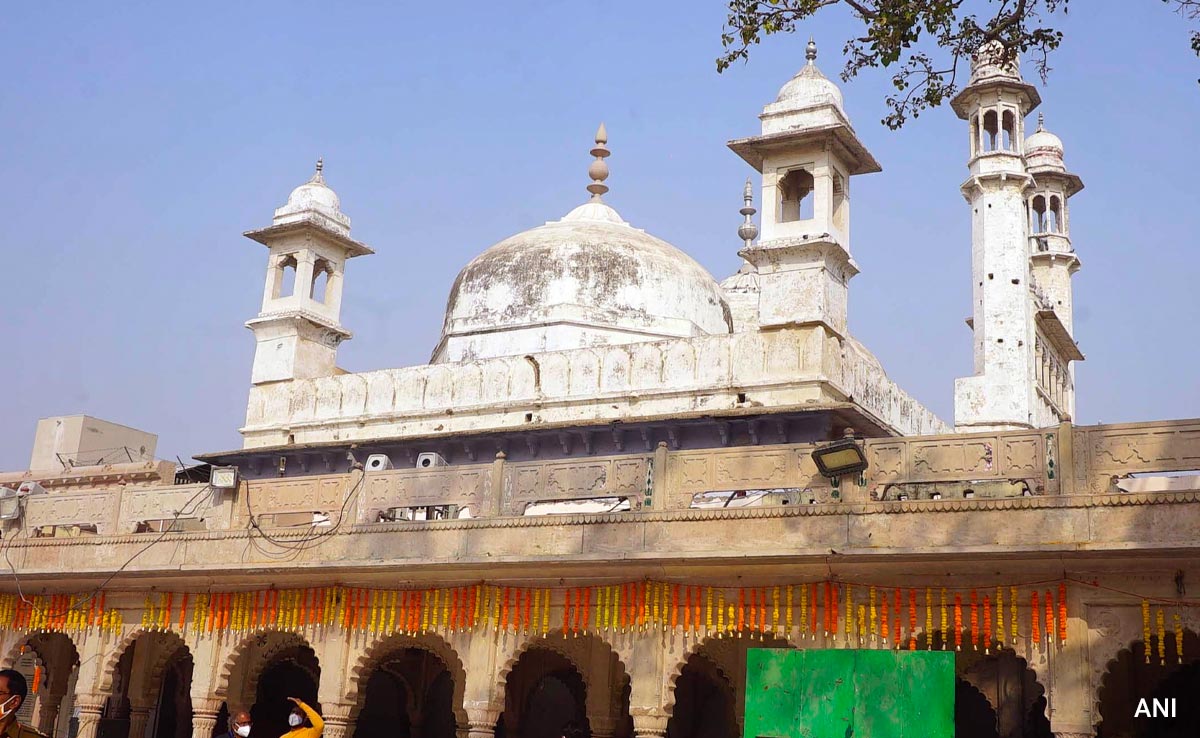2024-01-29 18:23:52

Vishnu Shankar Jain said that the ASI should be allowed to conduct a study
Lucknow:
The Hindu side on Monday filed an application in the Supreme Court seeking the de-sealing of the ‘wazukhana’ area in the Gyanvapi complex, following the Archaeological Survey of India’s survey findings at the mosque.
The ‘Wazukhana’ was sealed in 2022 following a Supreme Court order.
In its plea filed by Vishnu Shankar Jain, the Hindu side advocate has asked the top court to allow the Archaeological Survey of India (ASI) to carry out another comprehensive survey in the ‘wazukhana’ area without harming the ‘Shivling’.
Vishnu Shankar Jain said that the ASI should be allowed to conduct a study.
“I have filed an application in the Supreme Court asking to vacate the stay order given on 19 May 2023. ASI should be allowed to conduct a study and feature study of the ‘Wazukhana’ area. Only, after the study it will be known if it is a fountain or a Shivling…” he said.
The survey of the Gyanvapi mosque premises began after the Allahabad High Court rejected the petition filed by Muslim litigants seeking a stay on the Varanasi court’s order for a scientific survey by the ASI.
ASI, during the survey, started on August 4, used ground-penetrating radar and other scientific instruments to ascertain what lay beneath the surface of the Gyanvapi mosque premises.
The team also surveyed the inner and outer walls, the cellar and other parts of the premises barring the ‘wuzukhana’ (the place where Muslims perform ablution before proceeding to offer prayers).
Vishnu Shankar Jain earlier on January 27 claimed citing the ASI report that there was evidence to prove that the Gyanvapi mosque had been built after demolishing a Hindu temple in the 17th century.
Jain claimed that ASI’s 800-page long report mention finding ancient scriptures in Kannada, Devanagari, and Telugu languages inside the mosque premises. The scriptures were about Rudra, Janardan and Vishweshwar, and that the pillars of the demolished temple were used to build the mosque.
The ASI report on the Gyanvapi mosque complex revealed that a pre-existing structure appeared to have been destroyed in the 17th century, and “part of it was modified and reused,” adding that based on scientific studies, it can be said that there “existed a large Hindu temple prior to the construction of the existing structure.”
The ASI also said the “western wall of the existing structure is the remaining part of a pre-existing Hindu temple”.
“The Arabic-Persian inscription found inside a room mentions that the mosque was built in the 20th regnal year of Aurangzeb (1676-77 CE). Hence, the pre-existing structure appears to have been destroyed in the 17th century, during the reign of Aurangzeb, and part of it was modified and reused in the existing structure. Based on scientific studies/survey carried out, study of architectural remains, exposed features and artefacts, inscriptions, art and sculptures, it can be said that there existed a Hindu temple prior to the construction of the existing structure,” the ASI said in its report.
(Except for the headline, this story has not been edited by NDTV staff and is published from a syndicated feed.)
wazukhana gyanvapi,de sealing wazukhana gyanvapi,gyanvapi mosque dispute
Source link
![]()



